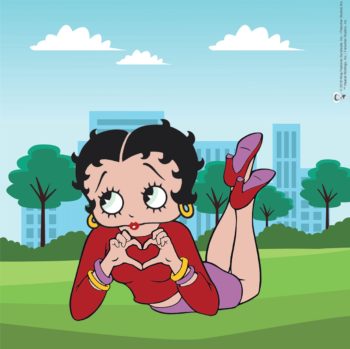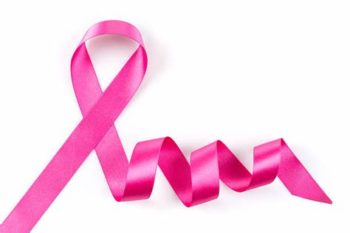 BREAST CANCER AWARENESS MONTH – 8 RISK FACTORS FOR WOMEN
BREAST CANCER AWARENESS MONTH – 8 RISK FACTORS FOR WOMEN
Welcome everyone to another FACTUAL FRIDAY. As you know, October is BREAST CANCER AWARENESS MONTH, and accordingly this week’s Blog is devoted to discussing BREAST CANCER, the most common cancer among women the world over.
In addition, this is a Blog in which I always include as my co-host, the iconic animated cartoon character BETTY BOOP. You see, Betty is one of several characters that are owned by my family business, Fleischer Studios, of which my husband, Mark Fleischer, is the CEO and President.
And although Betty is only a cartoon character, she has her own favorite charities and causes, which include those that raise awareness for the many health issues faced by women everywhere. I love the inspiration and positivity she brings with her whenever she is involved in an important conversation. So, it’s with great pleasure that I join forces with Betty today to discuss this urgent and timely topic with you.
To begin, breast cancer strikes over 200,000 women every year. And, twelve years ago I was one of those women. Moreover, several women in my husband’s family also have survived the disease.
Yet, surviving breast cancer – or any cancer — is based on many factors. First and foremost, we need to know what the risk factors are for developing the disease. And, here are the top 8 Risk Factors Every Woman Needs to Know:
- AGE. One of the most important factors is age. As we age, we become more susceptible to many diseases, including cancer. Typically, breast cancer affects women over the age of 55.
- GENDER. Breast cancer is an equal opportunity disease. It can affect both women and men. However, it occurs approximately 100 times more often in women than men.
- PERSONAL MEDICAL HISTORY: For those of us who have already experienced one breast cancer like myself, our risk of developing another breast cancer is greater. And, having breast cancer in one breast can indicate a greater risk for developing a future cancer in the other breast.
- FAMILY MEDICAL HISTORY: Women who have a first degree relative – a parent, sibling or child – who have had breast cancer have an increased risk for developing the disease as well. This is especially true if that relative was diagnosed before the age of 50.

- REPRODUCTIVE AND MENSTRUAL HISTORY: In short, the longer our cycle of menstruation lasts, the greater our risk for breast cancer becomes. Experts agree that if we experienced an early first period before the age of 12 for example – AND we don’t experience menopause until after the age of 55 – our risk for breast cancer is greater. In addition, women who never had children or who had a child at a later age also have an increased risk for this disease.
- RACE: There are many types of breast cancer. With a few exceptions, most types are more common among Caucasian women than women of other races.
- FIBROSIS. Now, this condition actually refers to dense breast tissue. This was my primary risk factor for breast cancer. Not only does it increase our risk for the disease, but it also makes it more difficult for us to diagnose the disease.
- GENETIC ANOMALY. Most of us are familiar with the BRCA1 and BRCA2 If these genes carry a mutation – or anomaly – one’s risk for breast cancer increases significantly. If you have a family history of breast cancer and if you are of Ashkenazi Jewish descent, you may have an anomaly of these genes. And if so, your risk for breast cancer not only increases, but your risk for ovarian cancer increases as well.
Although there are more, these are 8 of the most important risk factors for breast cancer. Once you know which ones affect you personally, discuss them with your doctor. Together, you’ll be able to fashion a healthcare plan that will afford you the most protection.
By combining this information with mammograms, screening ultrasounds, regular office exams with your doctor and self-exams at home, you can be well on your way to protecting yourself from breast cancer.
And then, eating properly, exercising, enjoying alcohol in moderation and eliminating tobacco use will offer you even further protection.
 Because, with all cancers our BEST DEFENSE IS A STRONG OFFENSE. Let’s do everything we can to prevent breast cancer. And if we can’t totally prevent it, we can at least catch it early so we can treat it successfully.
Because, with all cancers our BEST DEFENSE IS A STRONG OFFENSE. Let’s do everything we can to prevent breast cancer. And if we can’t totally prevent it, we can at least catch it early so we can treat it successfully.
Betty and I can’t thank you enough for joining us today. As women, we are all in this together. We are all WELLNESS WARRIORS – and together we can be victorious!
Until next time, stay Informed, stay Proactive, stay in GOOD HEALTH and. . .
TAKE THE COURSE AND TAKE CHARGE!




Leave a Comment